
OR
Where are Sino-Indian relations heading?
Published On: July 13, 2020 09:55 AM NPT By: Shambhu Ram Simkhada
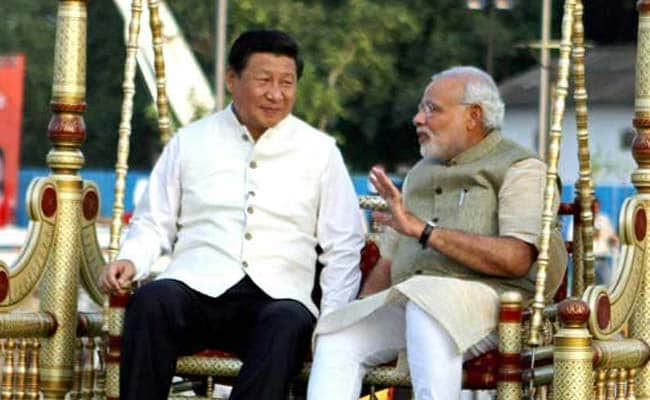
China and India can create a new security and foreign policy paradigm consistent with the dynamics of time and technology suitable for the 21st century.
In the summer of 2017 Chinese and Indian soldiers fought in Doklam near their common border with Bhutan. But leaders of India and China—Narendra Modi and Xi Jinping—met in Wuhan, China in April 2018 for their post-Doklam reflections. Their good chemistry dashed fun of foes, dispelled fear of friends and narrowed nervousness of neighbors that the border dispute between world’s two rising powers could escalate into a larger economic and military conflict. In 2019, they met again in their informal summit at Mamallapurum in Chennai, India. Now, as their troops are involved in a more serious encounter in Galwan, where are Sino-Indian relations heading and how will it affect their neighborhood and the world?
From 63 billion in 2016, China-India trade reached USD 100 billion in 2019. Investment and cooperation in technology also saw new surges. Although cooperating in BRICS, Asian Infrastructure Investment Bank (AIIB) and Shanghai Cooperation Organization (SCO), India has been reluctant to participate in China’s Belt and Road Initiative (BRI). But President Xi’s 2+1 proposal invited India to join China’s infrastructure building on an equal footing to launch third-country projects. In October 2018, China and India jointly trained Afghan diplomats. Understanding between the two leaders also seemed to provide strategic direction for peace along their disputed borders. Meeting between Indian home minister Rajnath Singh and Chinese State Councilor and minister of public security Zhao Kezhi in October 2018 discussed increased bilateral security cooperation including counterterrorism.
The Wuhan Spirit started dissipating after India decided in August 2019 to revoke Jammu and Kashmir’s autonomy and statehood, dividing it into two centrally governed union territories. Indian statement on Ladakh including Aksai Chin as part of eastern Ladakh, also claimed by Beijing and in its effective control since the 1962 border war, poured icy water on bilateral relations. Modi-Xi Mamallapurum summit in October came in the heels of Beijing’s support to Pakistani initiative in the UN Security Council on the new Indian map in August, Indian Foreign Minister Jaishankar’s participation in the QUAD meeting in New York and Modi’s US visit and his open embrace of Donald Trump in September.
On June 15, 2020, Chinese and Indian soldiers were pushing and shoving each other along their disputed border in Galwan valley in the high Himalayas. But the confrontation turned serious with 20 casualties on the Indian side and reportedly many Chinese also. This escalation, first after China and India fought a short but bloody 1962 border war and an encounter in 1967, risks taking Sino-Indian relations to a new low. Number of casualties is small. But official statements and writings of scholars China long regarded as its friends in India are increasingly hawkish and media responses more warlike. Galwan is turning the “Wuhan Spirit” into the “Chennai disconnect”. Regional and global context in which this rivalry is playing out is even more worrying.
New Epicenter
From Afghanistan, Kashmir to Myanmar since long, Kargil, Doklam to Lipulekh more recently and now Galwan reconfirms the Himalayas as one of the epicenters of the post-Cold War global paradigm flux. Substantiating this author’s old prognosis, Ramesh Thakur and Oddny Wiggen write "what happens in South Asia will shape the contours of the global community."
Incidents like Galwan put pressure for tit-for-tat military response and economic punishment, boycott of Chinese products in India and warnings in Chinese media. Heightened China-India rivalry also comes at a time of disturbing new developments globally. The world is in the grip of a new territorial/tribal nationalism, tensions around the Indian Ocean, the Korean Peninsula, East and South China Sea, chaos in the Arab World and the Persian Gulf. How will other global powers, particularly the current superpower pivoting to the Indo-Pacific, react to developments in and around the trans-Himalayas? In this situation, can India and China, two ancient civilizations, now competing economic and military powers, accommodate each other politically, manage their security needs and cooperate for common prosperity?
National interests guide state policies including foreign policy. But in a globalized world many problems such as climate change, migration, cyber threats, terrorism etc can be solved and economic activity like supply chains work only with inter-state cooperation, making national interests harmonization vital. After the devastations of the two world wars the United Nations was created to promote a new type of inter-state behavior for a new age of collective security, prosperity and dignity, settling international disputes peacefully with give and take. Had the UN been effective would the world be in this state?
Today, countries, big and small, rich and poor are fighting a new kind of war, with a different type of enemy—the Covid-19. There is uncertainty on the effects of this new war and what the post-Covid-19 world will look like. Difficult times demand statesmanship of wisdom and courage. China and India, working together with their smaller neighbors, can create a new security and foreign policy paradigm consistent with the dynamics of time and technology, suitable for the 21st century, not return to old ways of wars as inevitable stereotype of the rise of great powers.
Together for rise
China and India have suffered external subjugations and faced serious internal challenges. Today they are also great powers, together able and responsible to shape global policies. Learning the lessons of the past, can the world’s two ancient civilizations, major global economic and military powers, well known for their ancient wisdom, lead the world in redefining great power relations as they both march forward to reclaim their rightful places at the global high-tables? Can they learn to live as "benign neighborhood powers," not threats to each other?
Since coming to power, Xi and Modi have personally tried to transform the 21st century international relations with their new ideas of “creating a community of shared destiny” and “sab ka saath sab ka bikas”. In introducing new ideas with far-reaching national and global implications, both are inevitably encountering resistance from “prisoners of history and geography” within and outside. For those interested only in power and profit, unaffected by peoples’ pains, what would be a bigger prize than a war between the world’s most populous nations, largest armies, growing economies with huge foreign exchange reserves hard earned by their poor peoples to waste on arms and weapons? Just as in Wuhan after Doklam, Xi and Modi should come together to overcome those challenges for translating their dreams into realities in the larger interest of not just their own countries but the peoples of the region and the whole world.
You May Like This
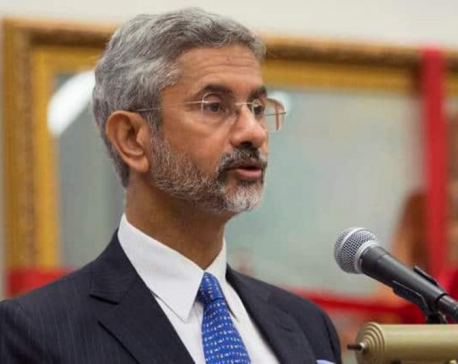
India is not countering China's influence in Nepal, says Jaishankar
KATHMANDU, Nov 18: Indian External Affairs Minister Subrahmanyam Jaishankar has said that India is not countering China's influence in South Asian... Read More...
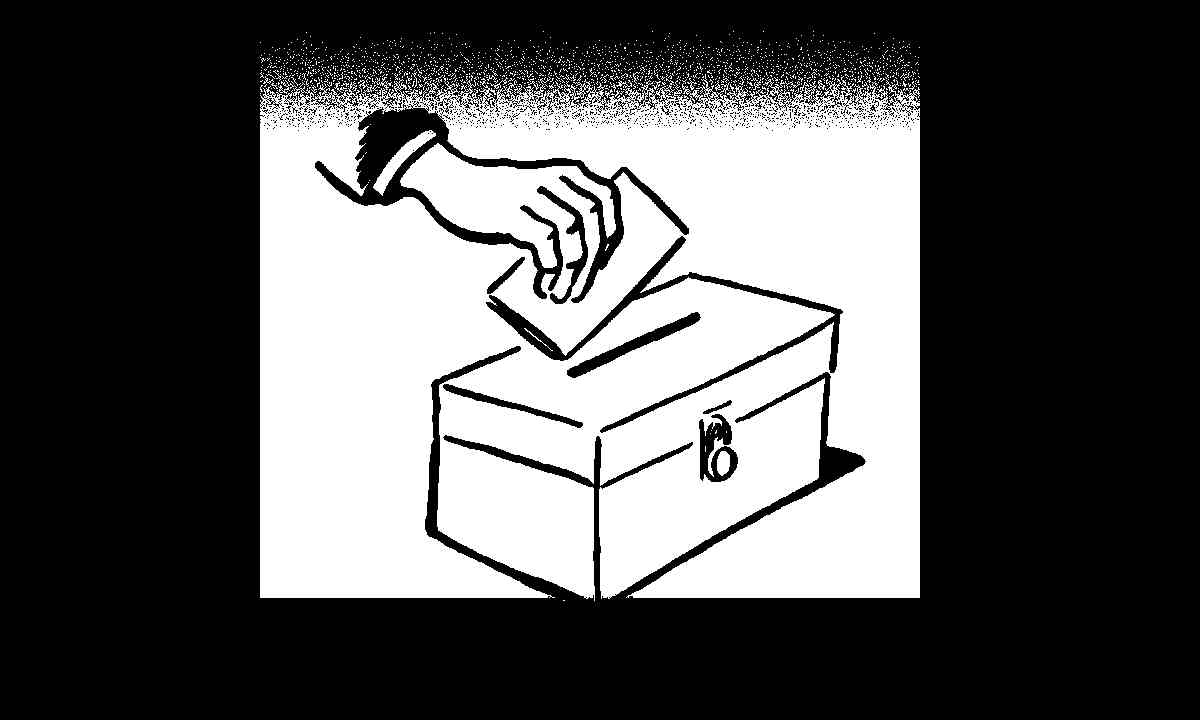

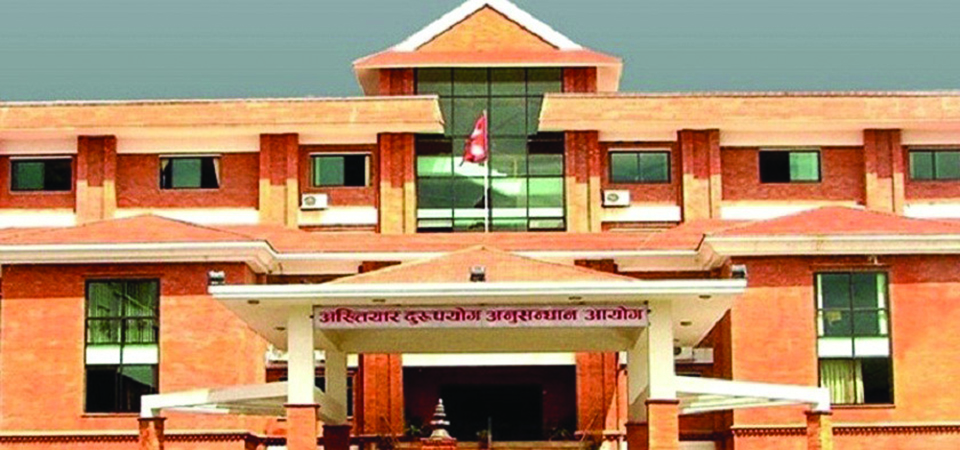

Just In
- Bajhang by-election: Construction of Taklakot Road is common election agenda of candidates
- Meeting of Finance Committee being held today to discuss 2025/25 budget
- Stakeholders call for transparency as Beijing pushes for early implementation of BRI projects in Nepal
- Special Court orders judicial custody for Sunil Paudel over illegal wealth acquisition charges
- District Court Rautahat sentences four individuals including Aftab Alam to life imprisonment
- Class 12 exam starts today with participation of over 390,000 candidates
- Weather expected to be partially cloudy in hilly areas, clear in remaining areas
- Navigating the Digital Diplomacy Divide: Balancing Tradition and Technology in Global Relations











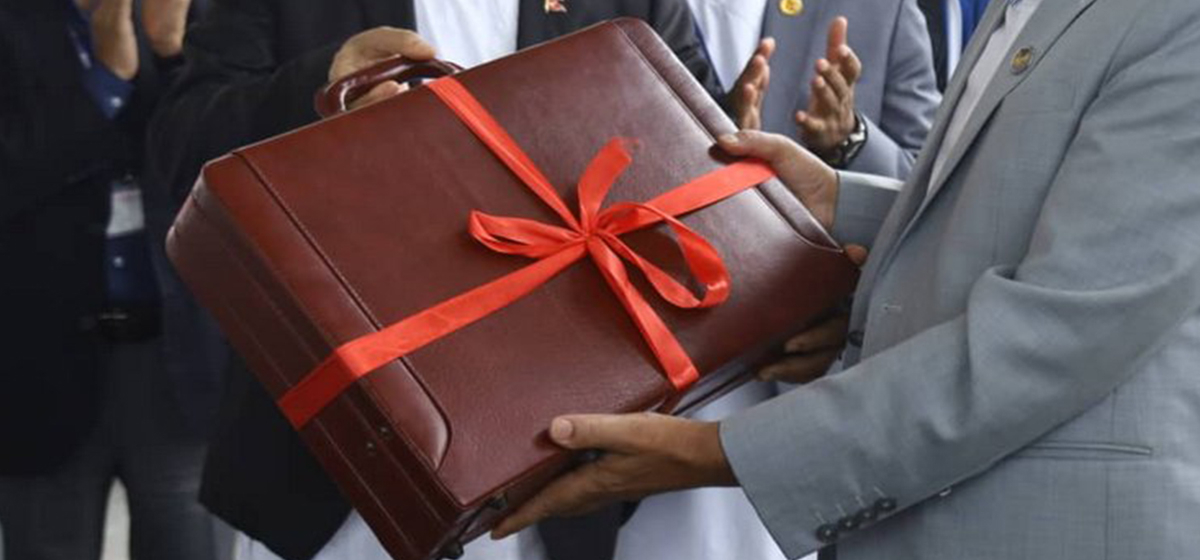



Leave A Comment